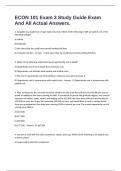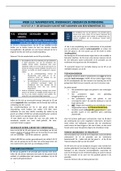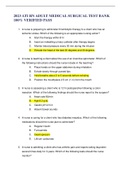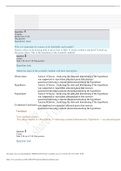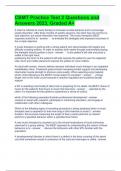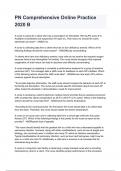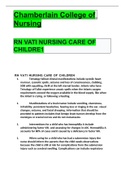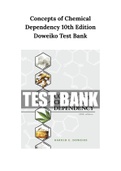Exam (elaborations)
ECON 101 Exam 3 Study Guide Exam And All Actual Answers.
- Course
- Institution
1. Jacquelyn is a student at a major state university. Which of the following is NOT an explicit cost of her attending college? A) tuition B) textbooks C) the salary that she could have earned working full-time D) computer lab fees - Answer C) the salary that she could have earned working ful...
[Show more]
